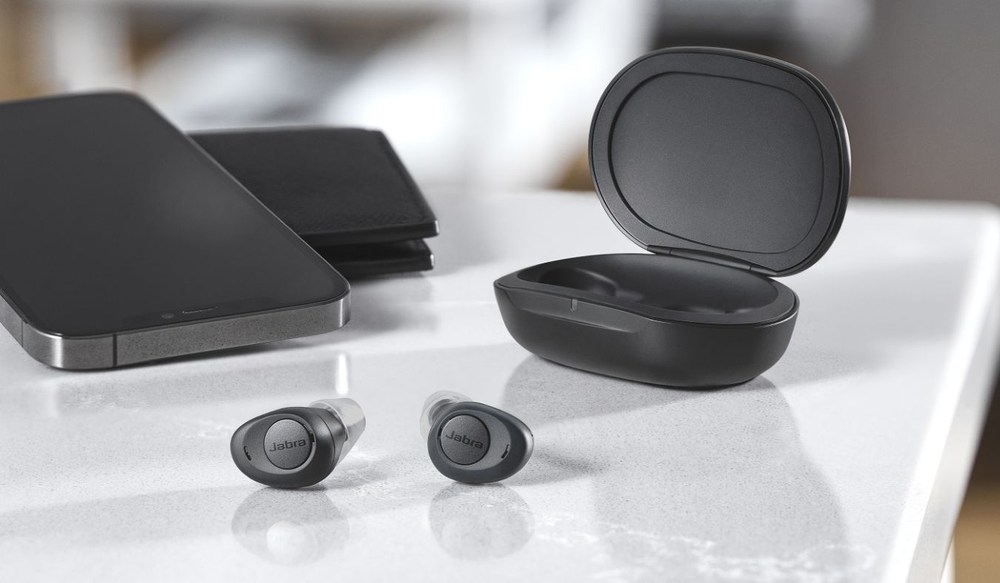Hearing Aid Technology Advances Coming in 2025
Hearing aid technology in 2025 is designed to fit more seamlessly into


Hearing aid technology in 2025 is designed to fit more seamlessly into

Everyday life is filled with sound, from the steady hum of air

Hearing aids have developed beyond basic amplification to include features